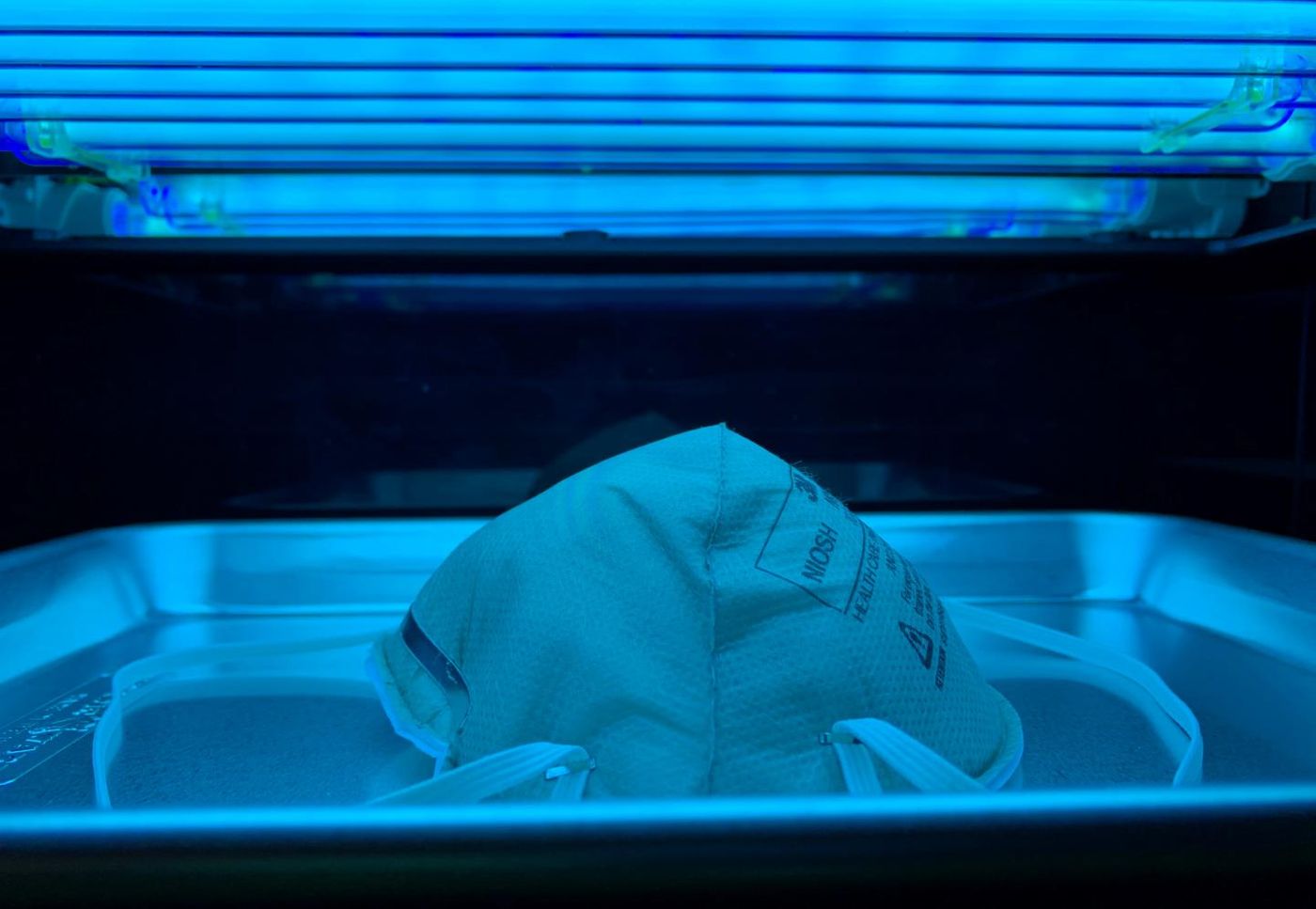Far UV-C Light Eliminates Airborne Viruses in a Room
Ultraviolet (UV) light is a form of electromagnetic radiation that has wavelengths from ten to 400 nanometers (nm), which is shorter than visible light, but longer than X-rays. People are commonly exposed to UV light, which can come from natural and artificial sources. UV light is divided into three sections: UVA, UVB and UVC. The Sun is the strongest natural source of UV radiation, but ozone absorbs all UVC and most UVB rays. People can use UVC light wands and bulbs to kill germs, however, and it is often used to sterilize rooms. But direct exposure to germicidal UVC rays can be harmful to people over time.
Researchers have now shown, howler, that a form of UVC called far-UVC light can eliminate over 99 percent of airborne viruses in an occupied room, and this technology works as well in the real world as it does in the laboratory. Far-UVC light has a wavelength of 222 nm, which is shorter than conventional germicidal UVC rays and does not penetrate or damage skin or eyes, so exposure will not harm people. The findings have been published in the journal Scientific Reports.
"The results show that far-UVC is highly effective at reducing airborne pathogens in an ordinary occupied room, and so it's practical to use far-UVC light in indoor areas where people are going about their business," said senior study author David Brenner, PhD, director of the Center for Radiological Research at Columbia University Vagelos College of Physicians and Surgeons.
This technology could be used to decontaminate rooms before people entered them. But once people occupy the rooms, then they can become contaminated with the viruses that people may be carrying, noted Brenner. "The goal is to be able to continuously decontaminate a room while people are in it." This technology can do that.
In this work, the researchers wanted to test the efficacy of UVC against viruses, but needed to use a virus that would not harm people. So, they selected a norovirus that impacts mice. They added far-UVC lights to the room where the animals' cages were cleaned, and measured virus levels on days when the lamps were on or off. "If this virus had been a disease-causing virus, the far-UVC light would have provided far more protection against airborne-disease transmission than any ventilation system," said Brenner.
This work showed that the lamps could lower the levels of airborne viruses by 99.8 percent; a near total elimination, which exceeded the researchers' expectations. This is also better than what ventilating and filtering the air normally achieves. There was also no detectable problem with the air, such as an increase in particles or ozone, due to UVC treatment.
Now, more far-UVC lamps are being installed in other areas, and more measurements are being taken. The researchers want to perform additional tests to quantify how well far-UVC light can reduce the transmission of airborne diseases.
Sources: Columbia University, Scientific Reports









